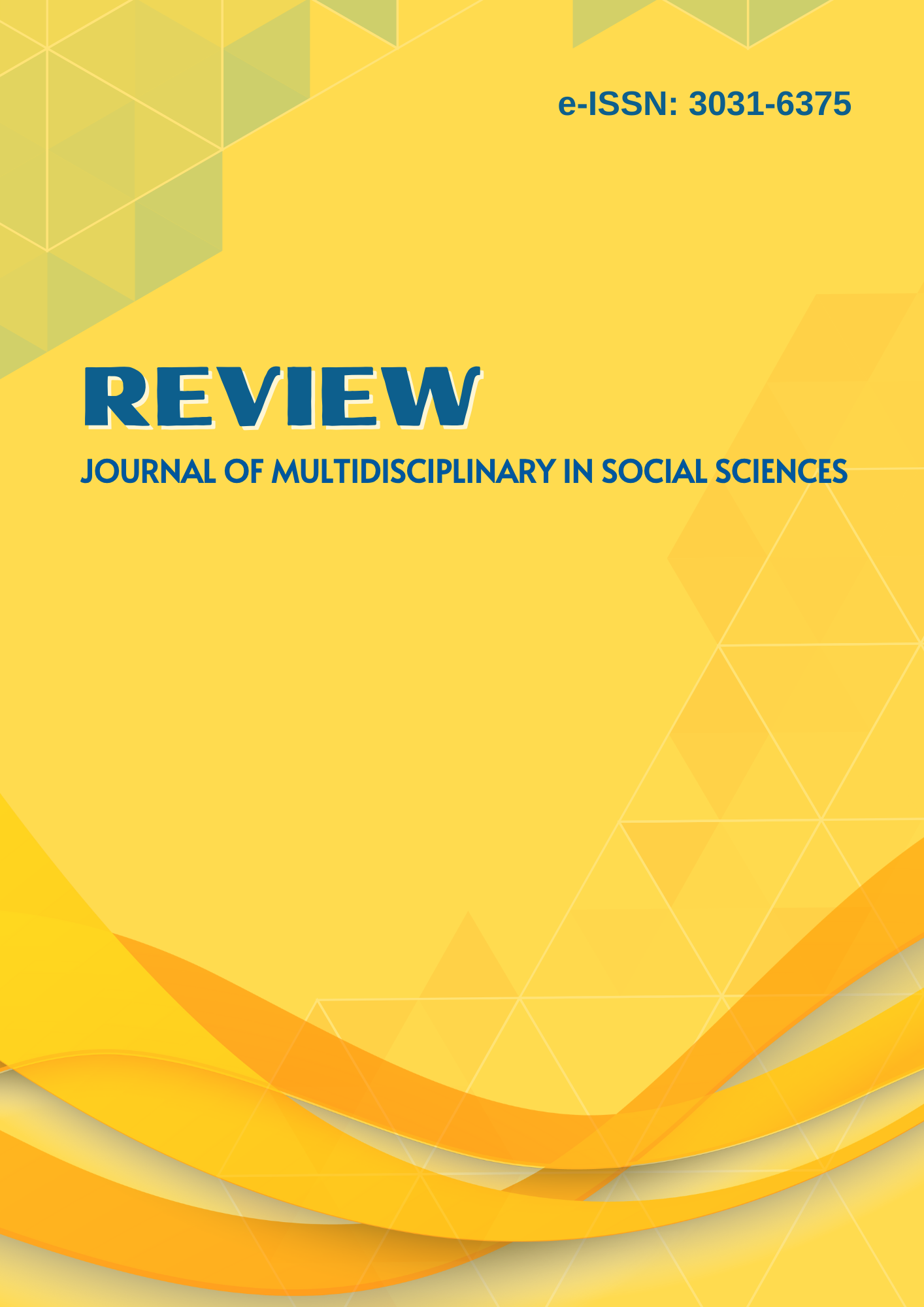Employee Perception of the Importance of Work-Life Balance For Mental Health
DOI:
https://doi.org/10.59422/rjmss.v2i06.1016Keywords:
work life balance, perception, mental healthAbstract
In the midst of increasingly tight business competition and the emergence of the Industry 5.0 era, human resource management plays a very crucial and valuable role. Human resources contribute greatly to building, strengthening, and changing organizational culture. In recent years, the concept of work-life balance has become a separate focus in studies related to work life (Greenhaus & Allen, 2010 in Helmle, Botero, & Seibold, 2014). This term is defined in various ways. One of them, according to ClarkThis study uses a quantitative approach. Creswell (2014) states that quantitative research aims to explain the influence of one variable on another. This study uses two types of data, namely primary data and secondary data. Primary data is collected directly through interview techniques and distributing questionnaires to respondents. Meanwhile, secondary data is obtained from library sources such as journalsDeveloping the quality of human resources is the main key for companies to remain competitive in the global market. Superior HR quality allows companies to face external challenges more preparedly and effectively, and increase their competitiveness. One of the biggest challenges faced by companies in maintaining competitive advantage is how to retain qualified and competent employees. Integrating policies that support work-life balance, proper ergonomics, and improving communication between managers and employees can create a healthier and more productive work environment. By designing policies that focus on employee well-being, companies can increase levels of engagement, job satisfaction, and overall performance. In addition, companies must ensure that the policies implemented are not only formal, but also implemented consistently to ensure the achievement of long-term goals.


